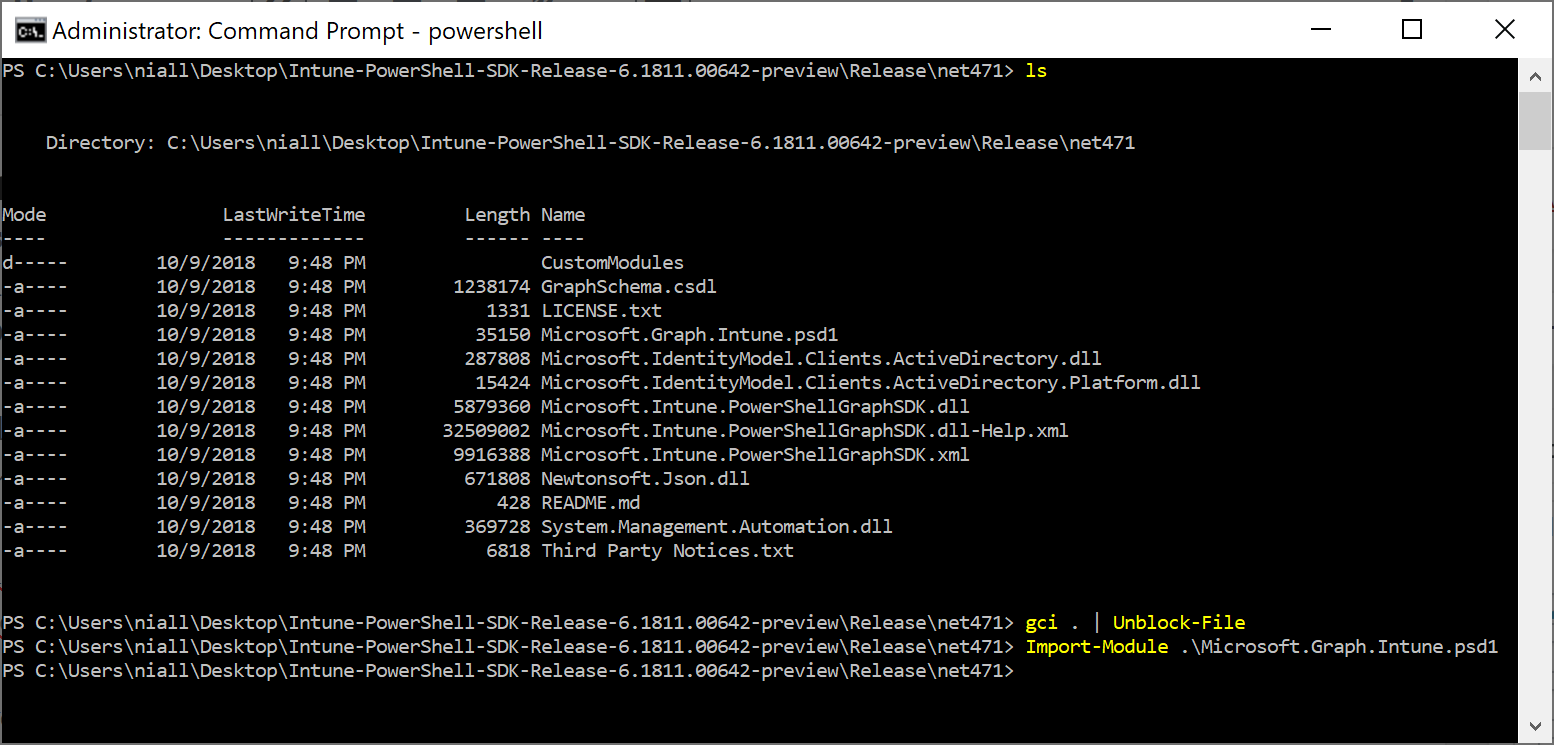

Navigate between terminal groups using focus next ⇧⌘] (Windows, Linux Ctrl+PageDown) and focus previous ⇧⌘[ (Windows, Linux Ctrl+PageUp). Remove terminal instances by hovering a tab and selecting the Trash Can button, selecting a tab item and pressing Delete, using Terminal: Kill the Active Terminal Instance command, or via the right-click context menu. This action creates another entry in the tab list associated with that terminal.

Each terminal has an entry with its name, icon, color, and group decoration (if any).Īdd terminal instances by selecting the + icon on the top-right of the TERMINAL panel, selecting a profile from the terminal dropdown, or by triggering the ⌃⇧` (Windows, Linux Ctrl+Shift+`) command. The terminal tabs UI is on the right side of the terminal view. You can learn more about configuring terminal shells in the terminal profiles article. Shells are detected and presented in the terminal profiles dropdown. The integrated terminal can use various shells installed on your machine, with the default being pulled from your system defaults. Note: If you prefer to work outside VS Code, open an external terminal with the ⇧⌘C (Windows, Linux Ctrl+Shift+C) keyboard shortcut Terminal shells VS Code's terminal has additional functionality called shell integration that tracks where commands are run with decorations on the left of a command and in the scrollbar:

#Powershell cmd c full
Visual Studio Code includes a full featured integrated terminal that starts at the root of your workspace. Configure IntelliSense for cross-compiling.


 0 kommentar(er)
0 kommentar(er)
